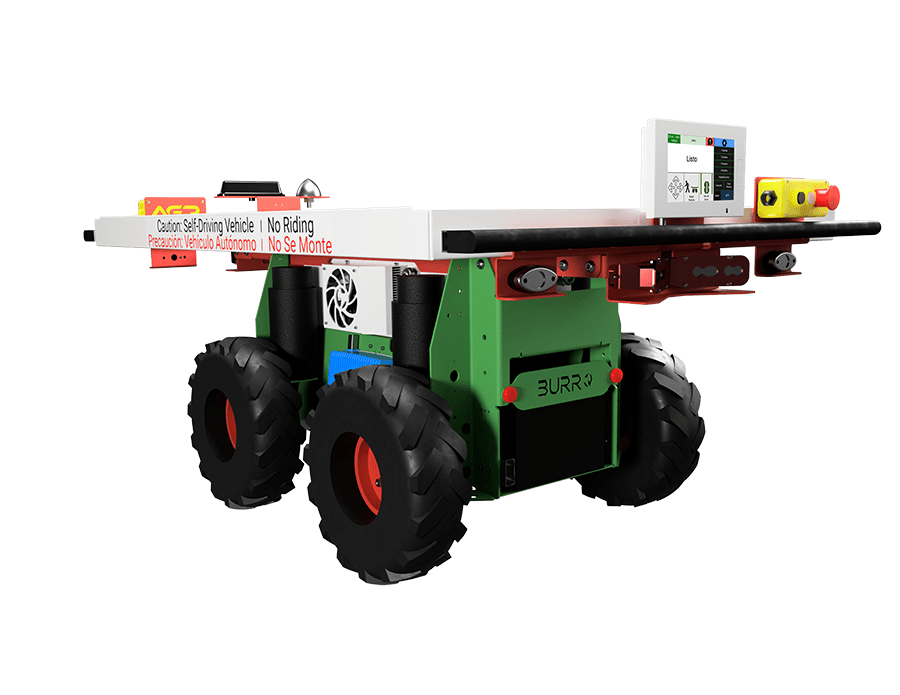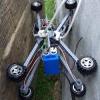I haven't worked for a software startup yet, but I can confirm that robotics startups are not easy (especially not for big outdoor robots that tend to be quite expensive).
There is a lot of development to do, and it's costs a lot.
My previous company was maybe 4 years old, and still only selling a pair of proof of concept robots (ie not products expected to work really reliably, just some big groups wanting to see if there was potential or not in our technology). As far as I can see from the website, there hasn't been much progress since I left a bit more than 2 years ago (most videos are still from when I was there). Note that until I left there was not a single investor, just the boss paying us with the profits from his other company. No idea how things evolved since.
Current company, with a far more expensive robot, and 8 years old : we are just starting to sell/rent a few robots. I expect that incomes will pay the bills in about 2 years. This time, we had descent founding.
So expect a few years before you start making some cash, and some more before you start making money (if you survived until then). And the less money you get, the slower the development, and the more difficult to find investors.
1) To start with, you will need some money. If you need to build a robot, expect a few tens of thousands euros (if you do it on your free time, far more if you have to pay wages for a few people). This money will be hard to get by (your own, donation/investment from friends, a loan from the bank, ...). There are some grants for early stage startups (usually with some coaching in addition). You might also try to find a "sponsor" (in your case, a very big farming company, or farming material company) for which loosing some 100K€ is no big deal and that hope to get the perfect custom product).
2) Develop a proof of Concept : this doesn't need to be a working product, but a proof that your idea is valid. For example, if you want to gather the grapes, and you think the main challenge is finding and cutting them, then you might put an industial robotics arm, a camera and your laptop into a wheelbarrow and show that you can harvest a single plant. The robotics base might not be required. Nor is it to have an embeded computer if your laptop does the job, ... The important thing here is to show that you found technical solutions to the main challenges. You don't need something reliable, but good enough to take a few videos, and ideally be able to show it to investors. If you manage to get a relevant Patent, it's a plus (but not required, I'm not sure my current company has any)
3) At this point, you will probably be at the end of your seed money, so you need to convince investors to invest (significant amounts). You have at least the proof of concept to show for. The risk for the investors is still high (but not as absurdly high as in step 1), so you might find some. But they will ask for many shares in return. If you get some investors, you might additionally borrow some from the banks (in your companies name this time).
4) Now you have to transform your proof of concept into a working prototype, then an industrial prototype, and finally into a commercial product. This will require lots of time (and money). At some point, you might be able to sell a few prototypes. You might also seek more investors (the more mature your project, the easier). At latest when going industrial, you will need additionnal investor (but at that point the risk is a lot smaller).
Basically, you need money to develop (the more you have, the faster you can develop), and to get money, you have to be able to show something (the more you have to show, the more money you can get and in exchange to less shares).
One last thing : if you don't have significant money at hand, you will need to convince people to invest/give/lend some for you, while you have just a brilliant idea. Make sure you are really convinced of your idea, otherwise you will probably not manage to convince others (if you have enough to get started, then it is a bit less critical, as you can develop until the point where you have something to show without depending on anyone else)



















